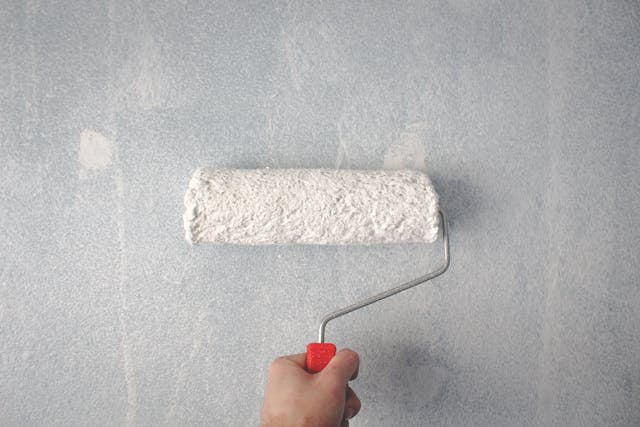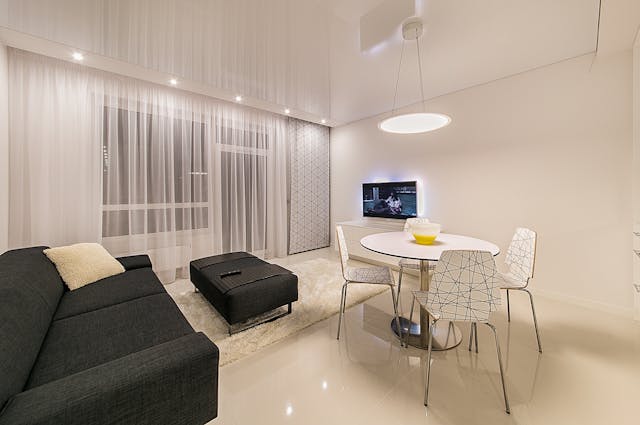
- Utilize multifunctional furniture and strategic decor to maximize space and maintain a clutter-free environment.
- Enhance small spaces with appropriate lighting solutions, including natural light and strategic placement of mirrors.
- Incorporate various lighting layers (ambient, task, and accent) to create depth and openness in compact areas.
- Small furniture, decor, and lighting adjustments can significantly transform confined spaces into cozy, welcoming areas.
- Always remember to experiment and have fun with your space! Creativity can make even the smallest areas functional, stylish, and comfortable.
Small spaces can be challenging to work with, yet they offer a unique opportunity for creative design where every detail counts. The key to making these rooms feel more inviting is brightening them up and creating an illusion of space. Whether you’re living in a cozy apartment or simply have a nook that needs some brightening, this post will guide you through transforming confined areas into open, airy living spaces.
Maximizing Natural Light
When it comes to small spaces, there’s nothing more valuable than natural light. It not only makes a space feel larger but also profoundly impacts our mood and well-being. Maximizing the amount of sunlight that streams into your home requires strategic planning and thoughtful design choices.
The Role of Windows
Windows are the portals through which light enters our homes, and their design and treatment can be the difference between a bright room and a dark one. There is a significant impact that window placement and size can have on enhancing natural light and how to utilize window treatments to further accentuate the perceived space and brightness. Ensuring professional window repairs is a crucial first step in creating an airy atmosphere. This can involve replacing old windows, adding additional windows if possible, or simply ensuring they are clean and functioning correctly.
Windows as a Design Element
Windows are not just functional; they play a pivotal role in the design aesthetics of a room. Choosing the right window style and material is essential for a cohesive look that maximizes light entry and energy efficiency. Explore window designs that suit small spaces and you can find insights into maintaining and repairing them to ensure their effectiveness.
Mirrors and Reflective Surfaces
One of the oldest tricks in the book is using mirrors to create the illusion of space. Alongside this classic technique, we’ll show you how to effectively incorporate other reflective surfaces like polished metal and glass to bounce light around the room.
The Magic of Reflection
Strategically placing mirrors in a room can significantly enhance the natural light, especially when positioned across from windows. We’ll also cover the use of reflective furniture and accessories to further amplify the brightness and maximize the open feel of your space.
Color Scheme and Decor
The wrong color scheme can make a room feel claustrophobic, while the right one can open it up and elevate the mood. We’ll explore the impact of color on perception and recommend specific palettes that work wonders for small rooms.
Choosing the Right Colors
From cool blues to soft whites, certain hues give the impression of airiness and space. We’ll guide you through picking the perfect color not just for your walls but also for your flooring and furnishings. Additionally, we’ll share how to use color blocking and accents to draw the eye and create a sense of flow.

Smart Furniture Selection
Furniture is both a necessity and a potential problem in a small space. We’ll discuss selecting pieces that don’t overwhelm you while providing comfort and function. Multi-purpose furniture and space-saving designs will be a focus, providing you with ideas to make the most of your room.
Making Every Piece Count
Some furniture types maximize utility without sacrificing style, such as wall-mounted and convertible pieces. The furniture placement can also make a noticeable difference, and we’ll cover layout strategies that encourage a more open feel.
Decor and Accessorizing Tips
The final touch is how you decorate and accessorize your room. We’ll give you tips on choosing the right pieces to create a sense of openness. The goal is to personalize the space without creating clutter.
Striking the Balance
Our advice will revolve around choosing the right sizes and quantities of decor and using lighting, plants, and textiles to add depth and dimension. By the end, you’ll be ready to give your small space the vibe and character you’ve been dreaming of without it feeling closed in.
Lighting Solutions That Enhance Spaces
Proper lighting is essential in making a small room look and feel bigger. We will explore various lighting solutions, from natural light maximization with the strategic placement of mirrors to using LED lights for a clean, space-enhancing glow. The choice of light fixtures and placement can dramatically affect the perception of space, bringing out the best in your color choices and furniture placement.

Illumination Techniques
Beyond the source, light layering plays a crucial role in enhancing the spatial experience. Ambient lighting establishes the overall mood, task lighting focuses on specific activities, and accent lighting highlights key features. Through examples, we’ll illustrate how combining these layers can create a sense of depth and openness, even in the most compact spaces.
Conclusion
Small spaces can feel confining or cozy—often a bit of both. With the strategies and techniques outlined in this post, you can transform any modest room into a bright, open area that feels much more significant than its dimensions suggest. Experiment with these ideas, and remember that sometimes, a little change can make a big difference.




